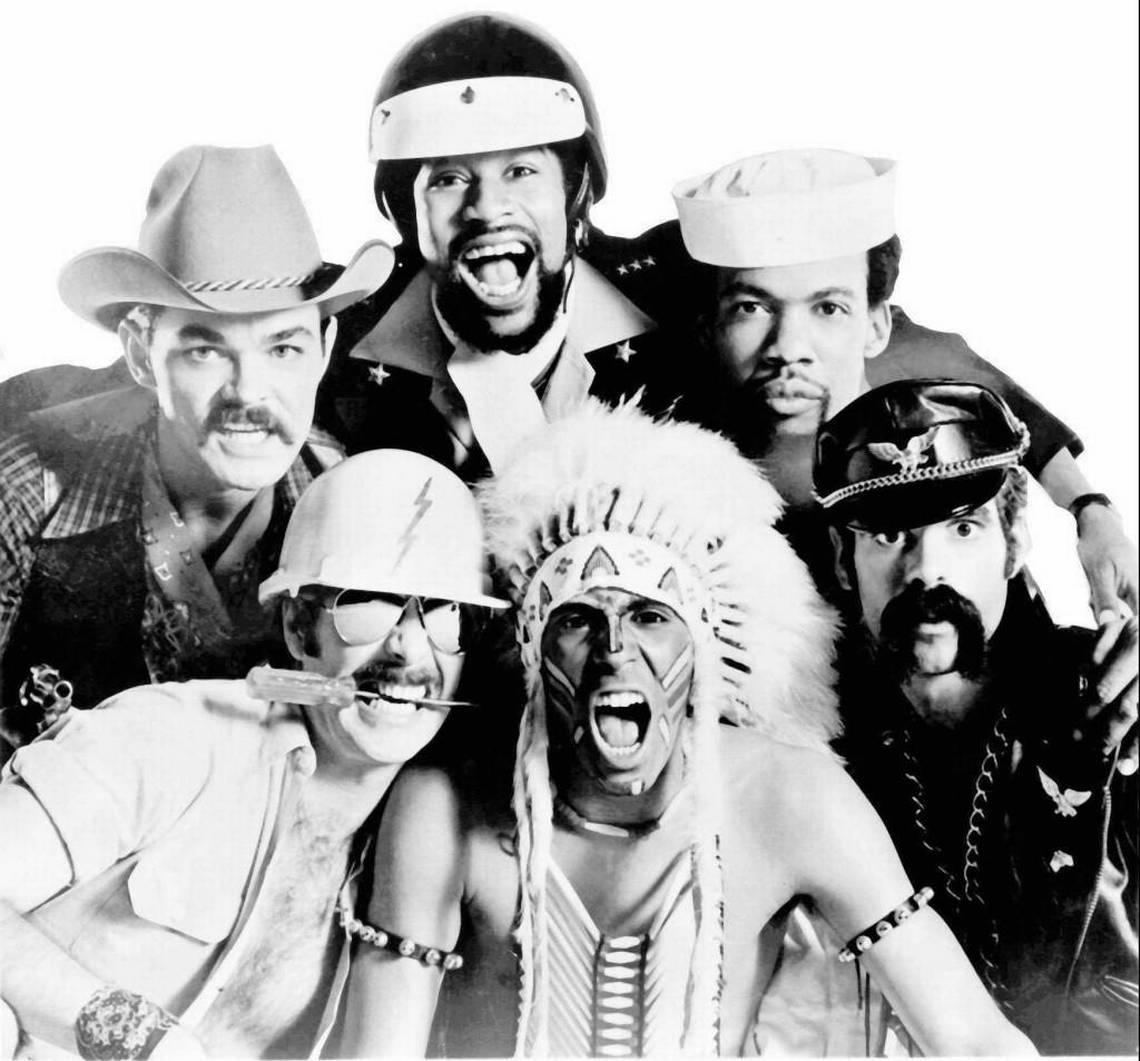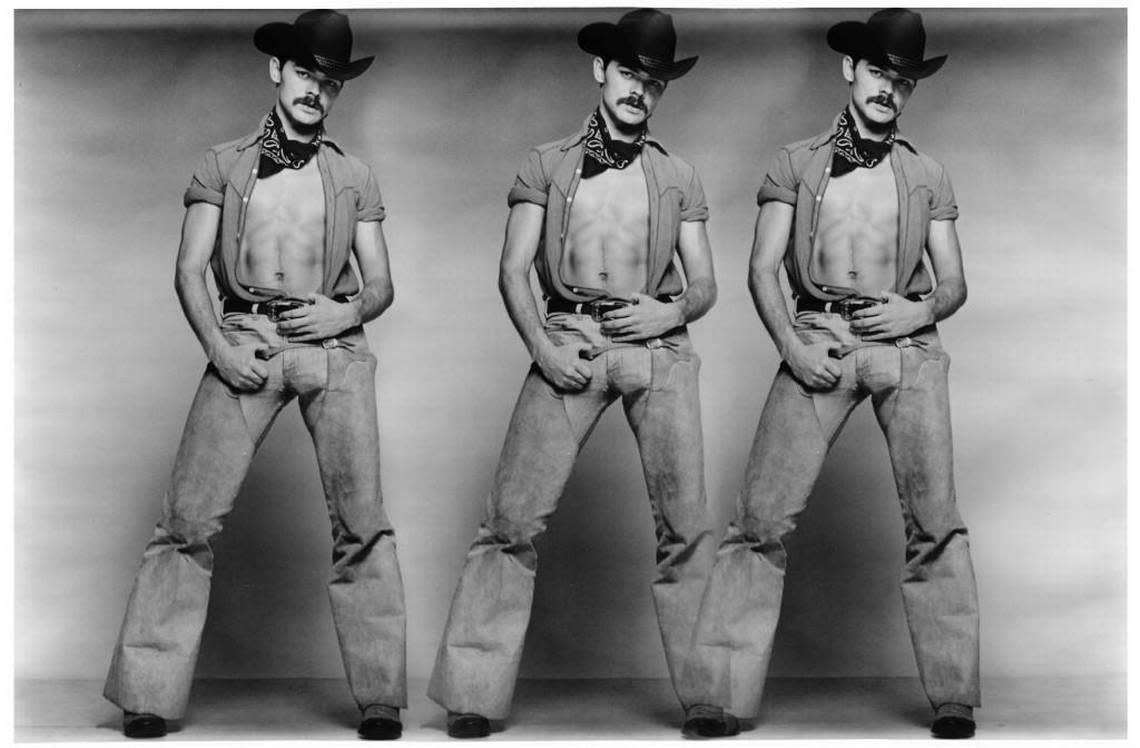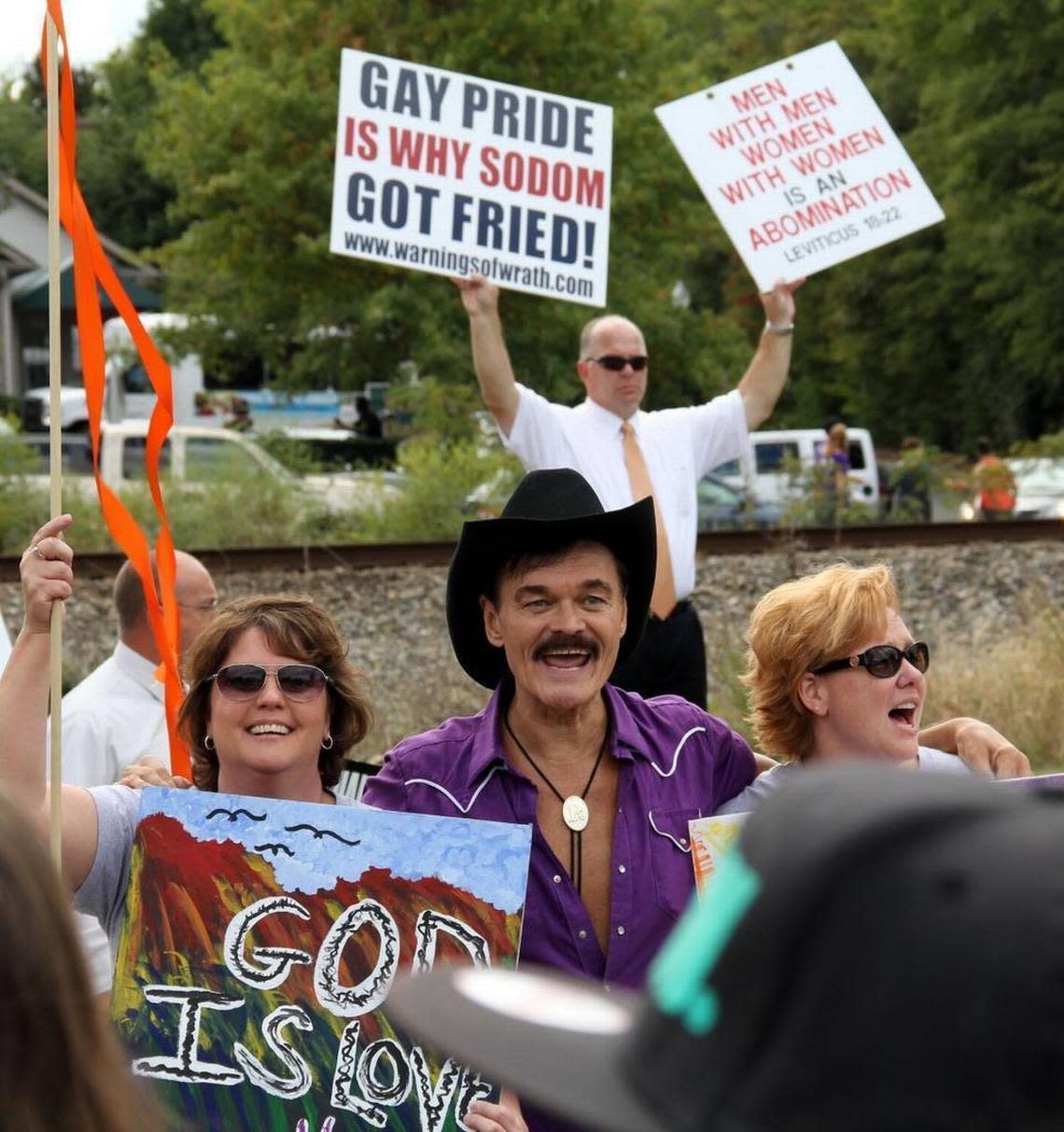Why the Village People’s cowboy, a Raleigh native, will never tire of ‘Y.M.C.A.’
In 1977, Randy Jones found himself in New York’s white-hot disco scene, performing as a backup dancer for Grace Jones of Studio 54 notoriety, sporting a Marlboro Man mustache and wearing what can only be described as a thong made from leather and chains.
He’d come a long way since Enloe High School in Raleigh, where he starred as King Arthur in “Camelot.” But that night in New York, in the glitter and flash of party lights, destiny dropped like a giant gift bag, delivering a life with 100 million records sold.
As Jones moved from stage to dressing room, a pair of music producers with French accents approached him and raved, “We like the way you look. We like the mustache. We’re very curious. Would you like to be in a group?”
Jones, who was 25 at the time, ignored the ambiguity in their question and agreed, launching his career as the cowboy in the Village People and forever linking himself to “Y.M.C.A.” — perhaps America’s best-known song.
But he had one condition.
“I would like to meet in the daytime,” he said. “In an office. With some clothes on.”

Giving your left body part
Now 71, Jones has told that story as many times as a disco ball has mirrors, and he’ll tell it again starting July 27 as a featured star at GalaxyCon — Raleigh’s annual collection of celebrity cult heroes, where he’ll don his trademark hat and gab with fans.
Some cultural phenomena, like “Y.M.C.A.” played at a ballpark, are immune to repetition.
“I have not heard that song enough,” Jones told the N&O. “Do you know how many people would give their left (body part) or their right (other body part) to have a hit song? Every time it’s played somebody puts money in my checking account. Since 1977. My life has been wonderful. My life has been blessed.”
Jones returns to his hometown not only as the dancing cowboy famous for doing a flamboyant disco roll in a pair of outrageously flapping chaps, but he also brings a long resume of horror and biopic movie roles from his decades-long resume — a repertoire that includes “Tales of Poe” and “The Cannibal Killer: The Real Story of Jeffrey Dahmer.”
Few people know that the Enloe alumnus, who founded its drama club, once did a turn as Randy in “Bleeding Hearts,” which the NYC Horror Fest called “gleefully psychopathic.”
But Jones will always trade on the Village People, the over-the-top disco dancing group consisting of six men costumed as American male stereotypes: Jones’ cowboy, a Native American dressed in a war bonnet, a biker sporting leather and a U-shaped mustache, a construction worker in hard-hat and mirrored shades, a GI in fatigues and a singing policeman — all of them stemming from the Greenwich Village club scene, hence the name.

Jones, raised on country-western music, chose his outfit deliberately: the cowboy and the independence he projects, the solitude, the dependability. He threw in some hip wiggles and arm waves to boot, but it was still an image rooted in American mythology.
Jones figured the act would last long enough to allow him to meet his work requirement and collect unemployment.
But within months of that leather thong audition, he and the Village People were dancing on “American Bandstand,” singing on “The Merv Griffin Show,” beaming into living rooms where dads smoked pipes, moms sipped cocktails and kids ate off TV trays. Even The Muppets performed “Macho Man.”
”We appealed to people first because of our charm or our charisma, or the fact we weren’t offensive,” Jones said. “We weren’t saying dirty words. We were not grabbing our crotches. We were singing songs they could sing along to and remember little ear worms.”
‘Little incision over the hearts’
And while Greenwich Village had the reputation as a gay neighborhood, and the group initially targeted gay club frequenters for its audience, the Village People — whose lineup included several gay members, including Jones — found near-universal appreciation.
Jones called it the band’s legacy, far beyond “Y.M.C.A.” getting played at every wedding, bar mitzvah and seventh-inning stretch. That family watching The Village People on Merv Griffin got a glimpse of gay performers they might have shunned out of reflexive prejudice if they weren’t so danged catchy, and they maybe found a little humanity by accident.
“I think people said, ‘Well, (shoot), I like YMCA, and maybe all gay people aren’t as bad as I thought,” said Jones, who married his longtime boyfriend Will Grega in 2004. “That’s one of the effects we had.”

“We went into the heart of the American family with the sharpest scalpel in the drawer, we did a little incision over the hearts of the people watching us, and we pulled back the flap and put in a little compassion, a little understanding, something that would deescalate fear, and stitched it back up with tiny sutures.”
He knows that legacy endures because 14 Major League Baseball teams play the Village People’s signature tune for home games, and because the checks keep coming in the mail. But more than anything, after 40-plus years, Jones could stand in the middle of a crowd, throw his hands in the air, and bust out his most famous chorus.
And everybody within earshot, from age 9 to 90, would transform into a smiling letter Y.
